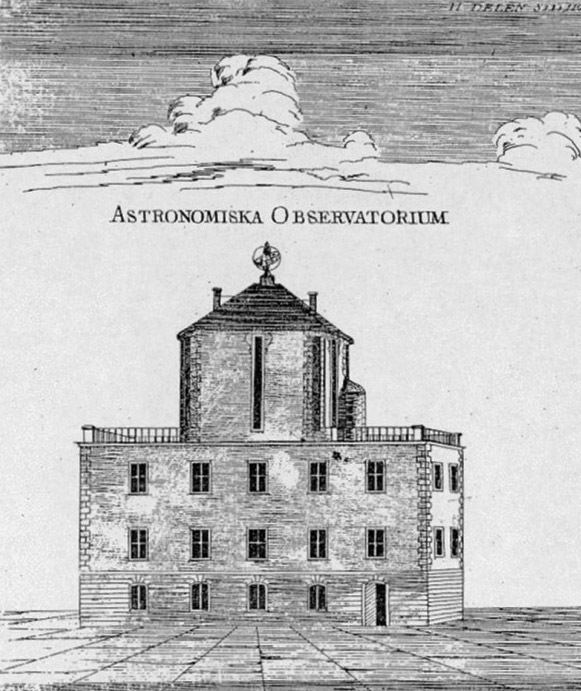The year 1741 in science and technology involved some significant events.
(Text) CC BY-SA

